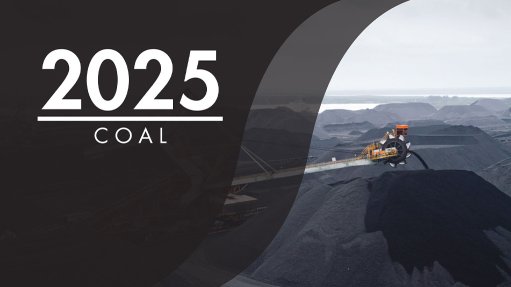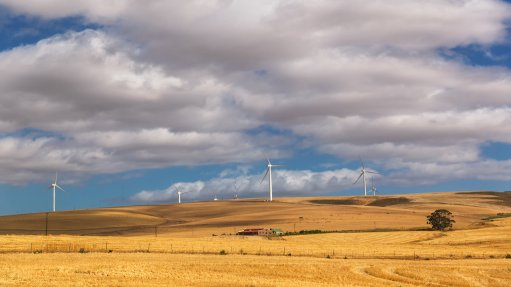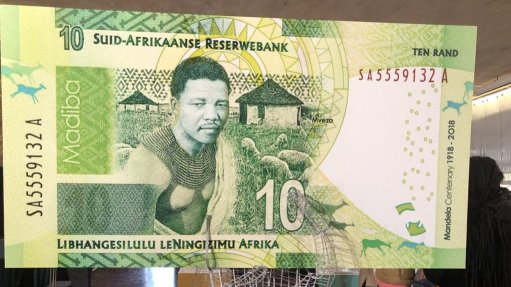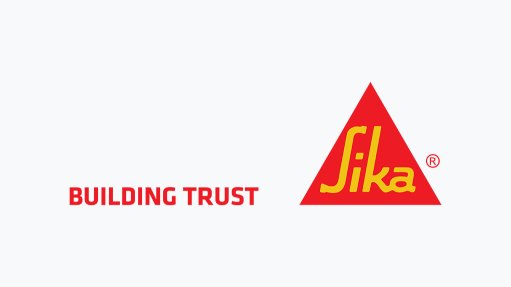A solar eclipse
Quite fittingly, once the comment period for an International Trade Administration Commission of South Africa (Itac) tariff application published in the Government Gazette for public comment has closed, it results in an eclipse – a complete information eclipse.
The eclipse partially lifts when the South African Revenue Service (Sars) publishes the resulting tariff amendment in the Government Gazette. This prompts Itac to release its report, detailing the reasons behind the amendment. The amendment results from Itac’s recommendation accepted by the Trade, Industry and Competition Minister and marks the passing of the eclipse, as it were. As light is shone on the application, it often reveals fascinating insights – but more on that later.
So, just how long does this information eclipse last? Like cosmic events, the duration is theoretically immeasurable, even though it should not be, as there are, after all, Itac ‘Investigations Regulations’ and ‘Amended Tariff Investigations Regulations’. Furthermore, there is a 12-page Itac booklet, quite aptly titled ‘Tariff Investigation’, which you can access on Itac’s website. Then turn to page 9: ‘Investigation Process and Turnaround Time’.
As for the ‘turnaround time’, Itac indicates that it “carries out its investigations speedily and with rigour. The timelines have been revised to ensure speedy delivery of the instruments. It now takes Itac generally four months for sectors in distress and six months for normal investigations.”
With this in mind, consider two dates: March 29, 2019, and April 12, 2019. These might appear to be random dates, but the first was when an application was published for public comment, and the second was when the comment period closed.
Now for some basic arithmetic. Start with the last date – April 12, 2019, and add 120 days and then 180 days. What are the dates that you have calculated? For the first, it is a Monday – August 10, 2019 – and for the second it is a Wednesday – October 9, 2019.
The days are not added to pad my word count but rather to remind you that Sars publishes amendments on a Friday. Thus, one can deduce that no amendments were published on either of these days. In case you were wondering, Itac did not conclude the application within a timeframe of four or six months.
By now you might be wondering whether you are being subjected to a history lesson. Why else the fascination with the past? To be fair, it is only a slight glimpse into the past, to June 28 – or 1 918 days from when the application was published to the subsequent amendment.
In its application, the applicant provided the following reasons: there is no tariff protection for PV module manufacturers in the Southern African Customs Union (Sacu) region; several manufacturers have ceased production in the Sacu region because of intense competition from low-priced imports; unlike the US and Europe, South Africa lacks antidumping duties to protect local manufacturers; and, most confusingly, to retain the remaining local production capacity and jobs and facilitate significant industry growth, especially as foreign companies consider investing in PV plants abroad following China’s PV industry surpassing demand in the first quarter of 2016.
As for the product, you will have to wait a bit longer to find out. First, there are several issues to unpack. Should we consider this to be a “sector in distress”? I appreciate that in the context of developments, it appears quite academic. Then there is the assertion that “no protection exists”. So, is that an absolute requirement for a domestic industry’s survival? Should the consideration not be the origin of the components, and its potential duty liability? Finally, the intention of antidumping duties is to remedy unfair trade practices, not to offer protection.
The product was solar panels, and the applicant Amisec (Pty) Ltd, trading as ARTsolar.
According to the report, Itac concluded its investigation on February 18, 2021, or 678 days from its publication, and it then took the Minister all of 1 226 days to consider Itac’s recommendation. Near double Itac’s advanced investigating time. Why is that?
Article Enquiry
Email Article
Save Article
Feedback
To advertise email advertising@creamermedia.co.za or click here
Comments
Announcements
What's On
Subscribe to improve your user experience...
Option 1 (equivalent of R125 a month):
Receive a weekly copy of Creamer Media's Engineering News & Mining Weekly magazine
(print copy for those in South Africa and e-magazine for those outside of South Africa)
Receive daily email newsletters
Access to full search results
Access archive of magazine back copies
Access to Projects in Progress
Access to ONE Research Report of your choice in PDF format
Option 2 (equivalent of R375 a month):
All benefits from Option 1
PLUS
Access to Creamer Media's Research Channel Africa for ALL Research Reports, in PDF format, on various industrial and mining sectors
including Electricity; Water; Energy Transition; Hydrogen; Roads, Rail and Ports; Coal; Gold; Platinum; Battery Metals; etc.
Already a subscriber?
Forgotten your password?
Receive weekly copy of Creamer Media's Engineering News & Mining Weekly magazine (print copy for those in South Africa and e-magazine for those outside of South Africa)
➕
Recieve daily email newsletters
➕
Access to full search results
➕
Access archive of magazine back copies
➕
Access to Projects in Progress
➕
Access to ONE Research Report of your choice in PDF format
RESEARCH CHANNEL AFRICA
R4500 (equivalent of R375 a month)
SUBSCRIBEAll benefits from Option 1
➕
Access to Creamer Media's Research Channel Africa for ALL Research Reports on various industrial and mining sectors, in PDF format, including on:
Electricity
➕
Water
➕
Energy Transition
➕
Hydrogen
➕
Roads, Rail and Ports
➕
Coal
➕
Gold
➕
Platinum
➕
Battery Metals
➕
etc.
Receive all benefits from Option 1 or Option 2 delivered to numerous people at your company
➕
Multiple User names and Passwords for simultaneous log-ins
➕
Intranet integration access to all in your organisation


















